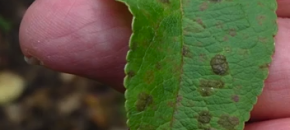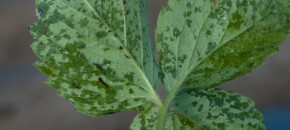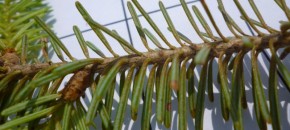
By Jim Murphy I spent a couple days this past week teaching in a turf care training program at Central Park in NYC. Many lawn areas in Central Park that are not irrigated were entering dormancy because of the dry soil conditions. And as you look around there is an increasing acreage of turf as […]
Continue reading...


